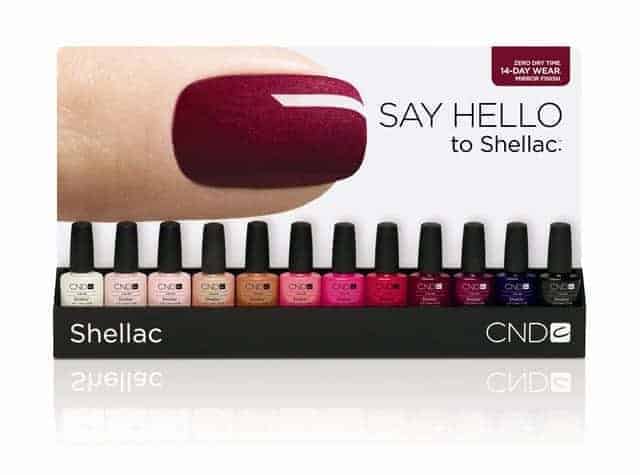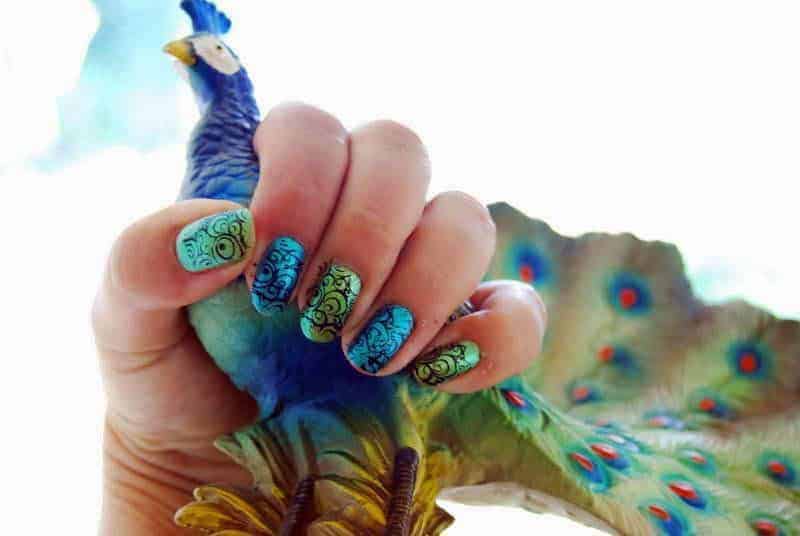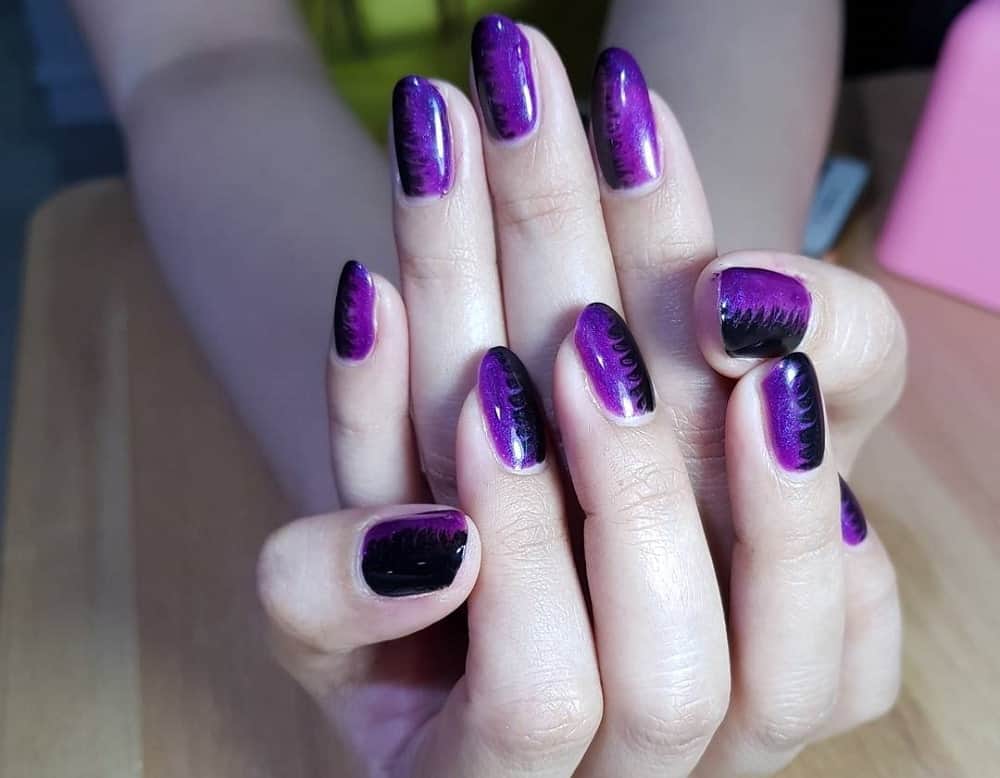How to Prevent Nail Lifts and the Dreaded Greenies
Nail lifts can lead to unwanted complications like the dreaded ‘Greenies.’ This blog provides a detailed guide on how to spot and treat nail lifts effectively, ensuring your nails remain healthy and beautiful.
What Are ‘Greenies’?
The term “Greenies” refers to a nail condition that can arise when moisture and bacteria get trapped beneath a lifted nail. This can lead to discoloration and potential infection. Understanding how Greenies develop is crucial for nail care, especially during fills and maintenance.
Greenies typically start as small lifts at the nail bed. If these lifts are not addressed, they can expand, allowing bacteria to flourish. The initial sign might be a slight yellowing that progresses to a more pronounced greenish hue as the condition worsens.
Prevention is paramount. By being vigilant during nail care routines, you can spot potential lifts before they escalate into Greenies.
How to Prevent Greenies
Preventing Greenies begins with meticulous nail maintenance. Always ensure that your nails are clean and dry before applying any products. Pay attention to the cuticle area, as this is where lifts commonly begin.
During fills, take the time to push back the cuticles properly. This helps expose any lifts that may not be immediately visible. Use a gentle touch and the right tools to avoid damaging the natural nail.
Additionally, regular inspections can help you identify any early signs of lifting. Catching these issues early allows for timely intervention, which is crucial in preventing Greenies.
Step 1: Push Back the Cuticle
Before doing anything else, it’s crucial to push back the cuticle. This allows you to see how much nail growth you’re working with. Even if it doesn’t look like there’s much growth, it’s essential to check for any lifts or issues. In this demonstration, the nail shows a slight lift and thickness, which we need to address.
Step 2: Remove Gel Polish
Once the cuticle is pushed back, it’s time to remove the old gel polish. Gently pull off the color to inspect the underlying nail. It’s essential to see everything clearly to determine the next steps.
Step 3: Preparation for Filling
Now that the color is off, prepare the nail by buffing up the natural nail and pushing back the cuticle with an arbor band bit. This is a delicate process; you want to ensure that you’re not overly aggressive with the natural nail. Slow down your e-file to a low speed to avoid damage.
Step 4: Inspect for Lifts
After buffing, examine the nail closely, especially around the edges. Look for any tiny lifts. It’s easier to spot larger lifts, but even a small one can cause problems down the road. If you see any lifting, it’s crucial to address it before applying new product.
Step 5: Clean Up the Area
Use a dehydrator or alcohol to clean the cuticle area. This helps remove any dust that might obscure your view of the lifted areas. Once cleaned, make sure that the acrylic blends seamlessly with the natural nail. This ensures that there’s no opportunity for moisture to get trapped underneath.
Step 6: Apply Dehydrator and Primer
After you’ve cleaned and checked the nail, apply your dehydrator and primer. This step is essential for ensuring that the new product adheres properly to both the natural nail and the acrylic.
Common Mistakes to Avoid Nail Lifting
Many nail care enthusiasts unknowingly make mistakes that can lead to issues like Greenies.
Here are some common pitfalls to watch out for:
- Neglecting the Cuticle Area: Failing to push back the cuticles properly can hide lifts that need attention.
- Over-Buffing: While buffing is necessary, excessive buffing can thin the natural nail, making it more susceptible to lifting.
- Ignoring Discoloration: Any signs of discoloration around the nail bed should not be overlooked; they can indicate early stages of Greenies.
- Applying Product Over Lifts: Never apply new product over lifted areas; this traps moisture and bacteria underneath.
- Skipping Dehydration: Always use a dehydrator before applying new products to ensure a clean, moisture-free surface.
Tools and Products You Need
Having the right tools and products on hand can make a significant difference in nail care. Here’s a list of essential items:
- Cuticle Pusher: For safely pushing back cuticles and exposing the nail bed.
- Fine-Grit Buffer: To prepare the nail surface without causing damage.
- Dehydrator: To remove moisture and create a clean surface for new products.
- Nail File: For smoothing out edges and addressing any lifts.
- Alcohol or Acetone: For cleaning the nail area before application.
Signs of Infection to Watch For
Being proactive about nail health means knowing what to look for. Here are signs that may indicate an infection:
- Discoloration: Yellowing or greenish hues around the nail bed can signal infection.
- Swelling: Any noticeable swelling around the nail area should be examined closely.
- Pain or Tenderness: If the area around the nail is painful to the touch, it could indicate an underlying issue.
- Foul Odor: An unpleasant smell can be a sign of bacteria or fungal growth.
If you notice any of these signs, seek professional help to prevent further complications.
Final Thoughts
Nail care requires diligence and attention to detail. By understanding the importance of identifying lifts and avoiding common mistakes, you can maintain healthy nails and avoid complications like Greenies. Regular inspections and using the right tools will set you up for success.
Always remember that prevention is key. Taking the time to double-check your work and keep your nails properly maintained will pay off in the long run. Healthy nails not only look great but also reflect your overall well-being.





